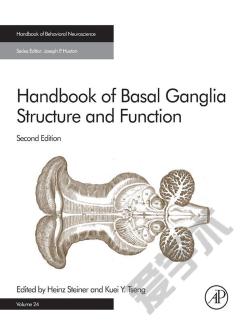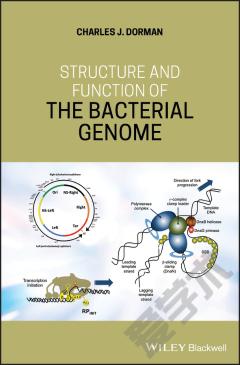Handbook of Basal Ganglia Structure and Function
The Basal Ganglia comprise a group of forebrain nuclei that are interconnected with the cerebral cortex, thalamus and brainstem. Basal ganglia circuits are involved in various functions, including motor control and learning, sensorimotor integration, reward and cognition. The importance of these nuclei for normal brain function and behavior is emphasized by the numerous and diverse disorders associated with basal ganglia dysfunction, including Parkinson disease, Tourette syndrome, Huntington disease, obsessive-compulsive disorder, dystonia, and psychostimulant addiction. The Handbook of Basal Ganglia provides a comprehensive overview of the structural and functional organization of the basal ganglia, with special emphasis on the progress achieved over the last 10-15 years. Organized in six parts, the volume describes the general anatomical organization and provides a review of the evolution of the basal ganglia, followed by detailed accounts of recent advances in anatomy, cellular/molecular, and cellular/physiological mechanisms, and our understanding of the behavioral and clinical aspects of basal ganglia function and dysfunction.Synthesizes widely dispersed information on the behavioral neurobiology of the basal ganglia, including advances in the understanding of anatomy, cell-molecular and cell-physiological mechanisms, and behavioral/clinical aspects of function and dysfunctionFeatures a truly international cast of the preeminent researchers in the fieldFully explores the clinically relevant impact of the basal ganglia on various psychiatric and neurological diseases
{{comment.content}}








 京公网安备 11010802027623号
京公网安备 11010802027623号